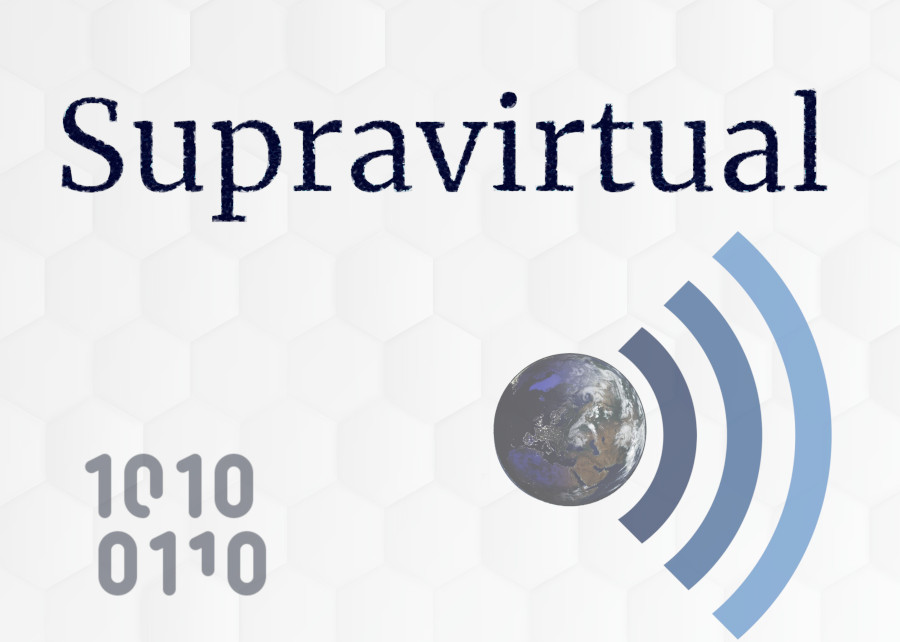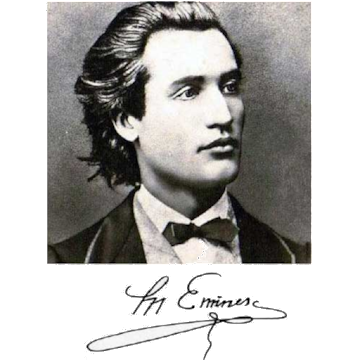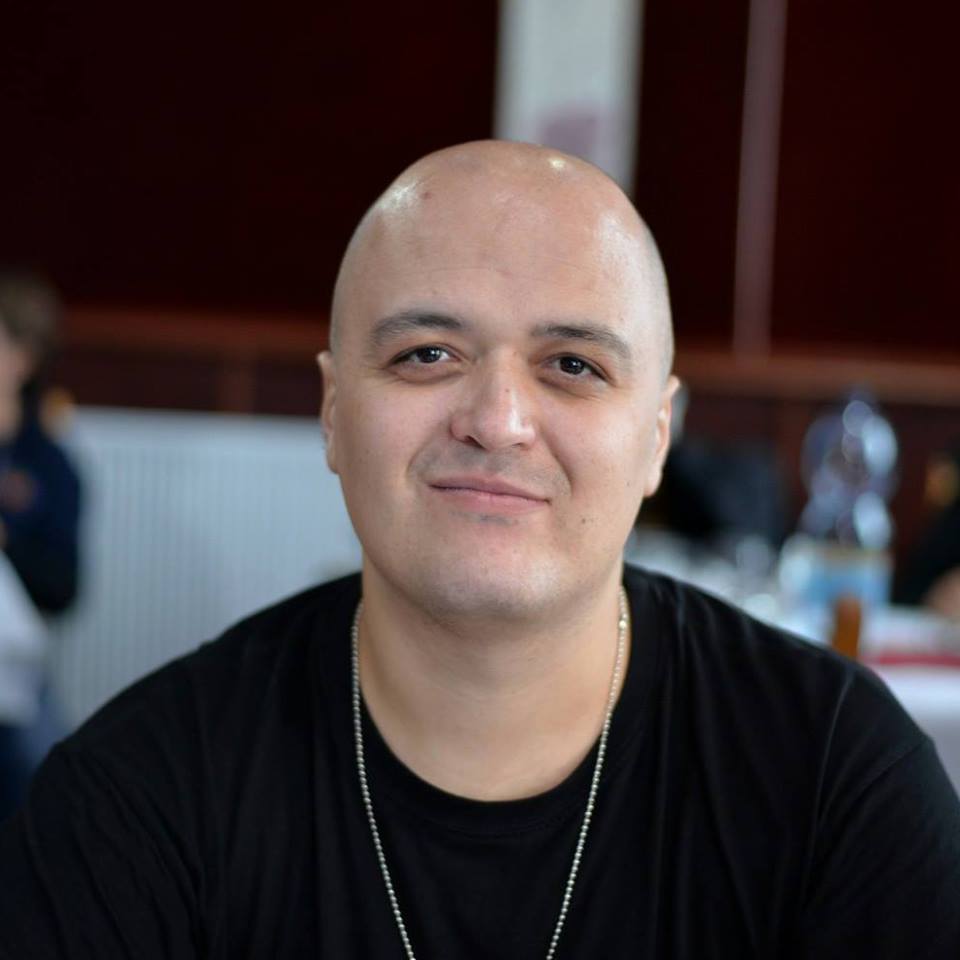Asteroid 2025 KF
will fly about 115.000 km from Earth during today, 21th of May, 2025. The space rock is estimated to be about 13 meters. If you are wondering why it's
a close shave and 115.000 kilometers consider that the distances are much bigger than the distance on Earth we are familiar with. That distance
may be big for us as humans but it's small considering the solar system, and after we will start travelling as human in owr space ships from one planet to the next you may know about those distances.
A rocket by a private European aerospace company
launched from Norway yesterday and crashed into the sea 30 seconds later. Despite the short test flight, Isar Aerospace said that it successfully completed the first test flight of its orbital launch vehicle by launching its Spectrum rocket from the island of Andøya in northern Norway. And that's a very good news,
in the situation of Donald duck Trump tarrifs the European-American space competition sounds pretty good. Of course, it probably won't be a competition, not in the next years, but there is a chance for it and it will be a damn competition considering the China and other countries from Asia may be involved.
We do have a part of the Star Trek technology like the mobile phones and smatphones, we have the talking computer, and we can only dream about the rest of the series technology. Could we create warp drive, the teleportation
or the holodeck someday? In this Star Trek-themed episode, Neil deGrasse Tyson and co-host Chuck Nice team up with astrophysicist Charles Liu to dive into the science, technology, and legacy of one of the most influential sci-fi franchises of all time: Star Trek.
Watching the discussion you can see that they answer questions about quantum entanglement, the size of electrons, and the real science behind Trek tech or Treknology. How close are we
to warp drives, transporters, and subspace communication? You might be surprised to hear what’s theoretically possible and what remains in the realm of science fiction.
Sphere is the perfect shape when objects are involved - from water droplets to planets, but there is a catch when the planets are involved. Earth is not a perfect sphere, it's a spheroid -
a round object that is close to a sphere as it can get. It's not a perfect sphere becouse it spins around its axe, and that's the reason we see the sun on our sky each day, and the forces applied to it because of the movement changes its shape. The other planets
and their satellites also rotates and there are similare forces (they are only similar because they have different values) applied to them.
Using wormholes we can travel through space on very long distances, like from one solar system to another, or from one galaxy to another in a very short time - a matter of minutes or even seconds. Some ideas tell us that using wormholes we can
travel through time and we may made a very good compatition
to the Doctor, and that idea is pretty cool. The worm holes are just hypothetically, the scientist have to proven them yet, so we can continue dreaming about them and what they can do. And we may continue watching
the Doctor's adventures until he is going to tell us how the hell is doing that time traveling stuff - it's too interesting to be ignored.
So, could you travel back in time through a wormhole? It's
not the first time when Kip Thorne has been talking about the worm holes, but this time Neil deGrasse Tyson sits down with theoretical physicist and Nobel Laureate Kip Thorne to reflect on discovering gravitational waves with LIGO, the science in the movie Interstellar, black holes, and many more mysteries still yet to be answered.
If you love watchinf the moon and if you are interested in the Moon phases from south up in 2025 full-year time-lapse you can watch them in the video. Considering that The Moon is a bit more than one-fourth (27%) the size of Earth, a much larger ratio (1:4) than any other moons to their planets, the Moon phases reveal
the passage of time in the night sky.
Some nights when we look up at the moon, it is full and bright; sometimes it is just a sliver of silvery light. These changes in appearance are the phases of the moon. As the moon orbits Earth, it
cycles through eight distinct phases.
In the year 2024 European Space Agency (ESA) continued to drive Europe’s innovation and excellence in space, equipping the continent with advanced tools and knowledge to address global and local challenges. They experienced through the year pioneering missions, cutting-edge satellites and the pivotal restoration of Europe’s independent access to space. The first Ariane 6 launch was perhaps ‘the’ highlight of the year but it was only one of many achievements. We saw the last Vega launch and then the return to flight of
Vega-C, the more powerful, upgraded version
carrying Sentinel-1C.
Far away in our Solar System, the ESA / JAXA BepiColombo spacecraft performed two
Mercury flybys in 2024, needed so that it can enter orbit around Mercury in 2026. Juice also performed a crucial gravity assist, this time becoming the first spacecraft to conduct a Moon-Earth double flyby on its way to Jupiter.
How do we ensure technology evolves ethically in a rapidly advancing world? Can you do that, including the Artificial Intelligence? Neil deGrasse Tyson and co-hosts Chuck Nice & Gary O’Reilly dive into the challenges of
designing a future where human values and cutting-edge
Artificial Intelligence coexist, with The Future of Life Award’s 2024 recipients Batya Friedman and Steve Omohundro.
In the StarTalk Plus discussion Batya Friedman introduces us to the concept of value-sensitive design and how we can integrate ethics and human values into technological development. We explore unintended consequences and
an inventor’s responsibility when they put their work out into the world.
20 hours ago leaders from NASA and SpaceX preview the launch of NASA’s SpaceX Crew-9 mission, and a launch weather officer from the U.S.A. Space Force
provides a forecast. The news conference was live on Youtube and you can watch again in the video. Participants included:
The Pyramids of Giza, Egypt, have fascinated and confused us for hundreds of years, and while we know a lot about who built them and how they were made, one question that has remained is why they are where they are. Many people thought or they are still thinking that those pyramids were built by Alies without considering that the human intelligence was and in many situstions is still a good one. It is said that answer to question about who built the Egyptian pyramids and how they were built lies in an ancient, long-dried out riverbed buried in the desert.
There is not human mission to Mars but NASA is testing what would life be like for astronauts on the red planet. The
astrophysicist Neil deGrasse Tyson and the Startalk co-host Chuck Nice dive into the world of simulated Mars missions with Commander Kelly Haston, who recently completed a NASA analog mission in a simulated Mars habitat, you start learning about the CHAPEA mission listening their talk, and you can also discover how they navigated the psychological and physical demands of the mission,
dealing with limited resources, and delayed communication with NASA and their families.
If you are interested about NASA’s Boeing crew flight test astronauts (from top) Butch Wilmore and Suni Williams
that remained stuck on the International Space Station because of some Starliner spacecraft technical problems you can watch what was the live transmission from the
International Space Station. The NASA astronauts Butch Wilmore and Suni Williams discussed their ongoing mission and answer questions from the media.
They launched to the orbiting laboratory aboard Boeing’s Starliner spacecraft on 5th of June 2024 for
its first crewed flight, arriving at the space station the next day, on 6th of June 2024.






















